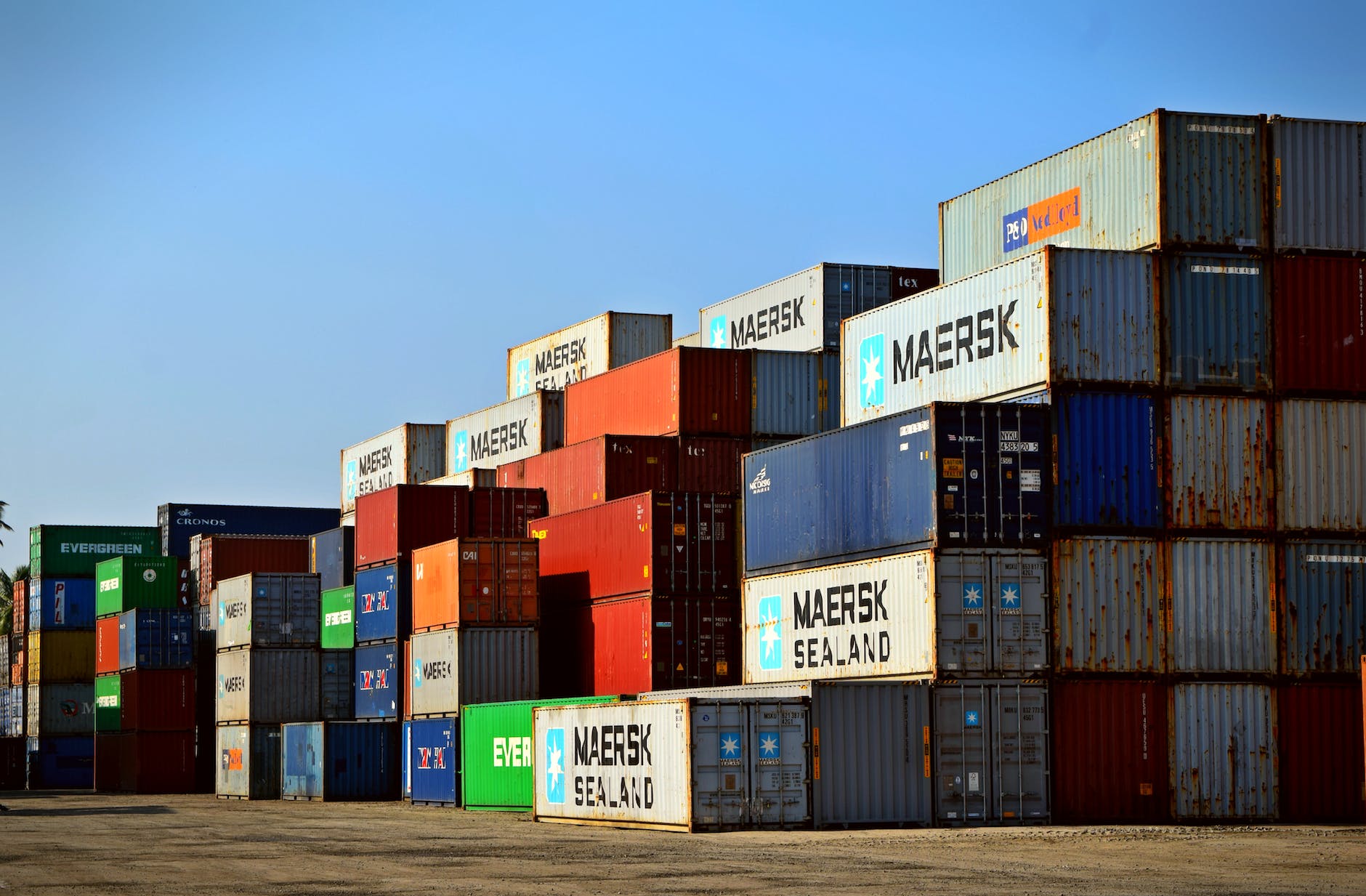
Shipping containers have become increasingly common in the residential and commercial landscape. Shipping container homes and offices have taken over traditional structures and they seem to be becoming even trendier. Storage solutions fabricated from shipping containers have also taken over the storage industry.
However, despite the widespread eagerness to acquire these convenient solutions, it’s effortless to disregard the potential downsides associated with your purchase. You might invest your earned income only to find yourself with a shipping container that fails to fulfill its intended purpose. To ensure your purchase goes off without a problem, you need to avoid some common mistakes buyers make. Here are the top four mistakes you should avoid when buying a shipping container.
Choosing the Wrong Size
Mobile offices, home additions, swimming pools, retail shops; there is no limit as to what you can use a shipping container for. Before you buy shipping containers, make sure you know the size needed for your project. A shipping container designated for storage cannot share identical dimensions with one intended for incorporation into a container home. Shipping containers vary in size, and there is no universal fit that applies across the board. You can choose from 6-foot options all the way to 40-foot shipping containers.
Failing to Conduct a Pre-Purchase Inspection
Just because shipping containers are meant to be rugged and strong does not mean they do not sustain any damage when in use. If you are looking to save some money by option for a second hand shipping container, you need to take some time to inspect its condition. Check for any signs of rust and structural damage before you move forward. The floor should be in good condition as should the doors. Depending on how you plan to use the container, you will have to check the interior to ensure it is clean and odorless.
Ignoring Delivery Logistics
You may find a shipping container seller that can deliver to any location but it can be more complicated than you think. Make sure you consider the logistics of delivery before you make payments. Think about access to the location and any permits you may need to set up a shipping container on your property. Consider the equipment needed for unloading. You need to make sure that you mount the shipping container on firm, level ground. You should also consider how the ground may shift when you place a shipping container. The ground can sink under the weight, especially in areas that receive heavy rainfall.
Buying From the Wrong Company
A shipping container is an investment and you need to buy from a reputable company. Going for the most affordable option without doing your homework could be a recipe for disaster. You could end up falling for a scam. Look for companies with a proven record of providing quality containers and outstanding customer service. Read reviews and seek recommendations to ensure that you make the right choice. If they have a yard, make a point of visiting in person to check out the units yourself.
Endnote
Acquiring a shipping container for various purposes presents a viable option, yet it carries its own set of challenges. Steering clear of these four errors ensures that you secure the optimal shipping container tailored to your specific needs.

